42 energy content of food lab
Energy Content of Foods- Lab Report 2.pdf - Lab 2: Energy... Gathering calculations, it can be seen that the most energy was released by the peanut, surmounting to a total of 8360 J of energy released. Following this was the plain cracker, with °C °C Plain Cracker 20 29 9 762 3 Dried Banana 14 19 5 090 2 Peanut 17 37 20 3608 Marshmallow 18 19 1 18 4 Pumpkin Seed 19 20 1 18 4, 3762 J of energy released. Title: Energy Content of Foods Your Name Lab Partners: Period Energy content per gram = Heat Energy / Mass of Burned Food 2842.4 J / 0.7 g = 4060.6 J/g Calculations for Popcorn , Heat Energy = (mass of water) * (specific heat) * (change in temperature) , 50.0 g x 4.184 J/g°C x 1.5 °C = 313.5 J , Energy content per gram = Heat Energy / Mass of Burned Food 313.5 J / 0.1 g = 3135.0 J/g , Data Analysis ,
Energy Content of Food | Science project | Education.com In this project, the student will construct a simple calorimeter to capture the energy released by the burning of food. Basically we all require energy in order to live. We obtain this energy from food. If we to trace the food back, it takes us to photosynthesis, a process by which green plants capture the sun`s energy, transforming it into ...
Energy content of food lab
Energy Content of Fuels Investigation Lab Report | Studymode 05/14/2013 7.1 Lab Report- Caloric Content of Food TITLE: LAB 7.1 CALORIC CONTENT OF FOOD PURPOSE: In this lab we will have the opportunity to measure the energy in a variety of foods, by heating/burning a portion of the food item and catching the heat released into a known mass of water in a calorimeter. PDF Lab Report: Energy Content of Food - Chandler Unified School District Lab Report: Energy Content of Food Report Due: January 28th (Monday) Rubric • Attach half sheet rubric as your first page to your lab report • NO RUBRIC = LOSS OF 2 POINTS. 1/18/2013 2 Title Page • You need a separate title page for cover • Include: Title of lab: The Energy Content of Food How Much to Feed a Lab Puppy? 2022 Labrador Food Guide 27.1.2022 · How Much Should I Feed My Lab Puppy? For the first 8 weeks of your pup’s life, it is best for him or her to nurse from mom. The weaning process may begin around 6 weeks of age, and at that time, puppy chow can be introduced. Commercially manufactured puppy food is specially formulated to meet the nutritional needs for normal development.
Energy content of food lab. Energy in Food Lab Presentation by Jessica Ryder The energy content of food can be determined by burning a portion of it and capturing the heat released to a known amount of water. This technique is called calorimetry. The energy content of the food is the amount of heat produced by the combustion of 1 gram of a substance, measured in kilojoules per gram (kJ/g). Ring stand with 2 clamps attached, PDF Food Energy LA - California State University, Northridge Record results in your lab notebook/data table as you complete your analysis. 1) Make a sketch of a graph of one run of data for temperat ure versus time, including ... Which food had the lowest energy content? 3) Food energy is expressed in a unit called a Calorie. There are 4.18 kilojoules (or 4180 joules) in one Calorie. Based on the class ... Food and Energy Security - Wiley Online Library Food and Energy Security is a high quality and high impact journal publishing original research on agricultural crop and forest productivity to improve food and energy security. Skip to Main Content; Search within. Search term. Advanced Search Citation Search ... Her lab seeks to understand how redox processes regulate plant growth and ... Lab Answers: Energy from Burning Food | SchoolWorkHelper Measure the energy content in the food item by using the following formula: Set up, Results, Average Results, Discussion of Results, The least energy as the graph shows is in the Cereal (Koko Crunch). It contains about 1.2 kJ of Average Energy.
PDF Measuring The Energy Content Of Food: A Relevant First Law Experiment ... This is achieved by burning the sample in a combustion bomb, measuring the temperature rise of the water in the calorimeter, applyi ng conservation of energy principles to estimate the energy value of the food sample in calories/gram, and comparing this energy value to values obtained from nutriti onal information of a number of potential food ... The Food Lab: Better Home Cooking Through Science Hardcover ... "You need The Food Lab, as J. Kenji Lopez-Alt’s magnum opus is 2015’s most indispensable cookbook." ― The Chicago Tribune "[The Food Lab] promises tried-and-tested accuracy, groundbreaking technique and inarguable results.All that, plus humor." ― Washington Post "The ultimate book for science nerds who cook." ― Wired "Loaded with fascinating … Bio lab report 2015- ENERGY CONTENT IN FOODS - academia.edu The 4 different By keeping the types of nuts. amount of nuts constant, through each experiment. Dependent variable 1. Energy content By subtracting the of food (change final temperature by in temperature). the initial temperature Controlled variable 1. Amount of 1. By keeping the water. amount of water 2. Energy Content of Food - YouTube In this experiment we measure the temperature change in a can of water to determine the energy content of the food being burned below it and discuss ways thi...
PDF Calorimetry: Measuring the Energy in Foods - Carolina.com Never eat or drink in lab. Teacher Preparation and Disposal To reduce student setup time, put 2 rings on each support stand. Place a smaller ring (to suspend the thermometer) above a larger ... Calculate the energy content of the food in kilocalories/gram. 1.65 kcal/1.5 g = 1.1 kcal/g 6. Using information on the nutrition label of the food ... The Foodservice Energy Efficiency Experts Since 1987, our team of engineers, educators, researchers and industry professionals have been dedicated to reducing energy and water consumption in the foodservice industry through the use of efficient equipment, adoption of best practices … Energy Content of Food - Essential Biology Teacher Lab Manual Energy Content of Food, Students use a wireless temperature link and a fast response temperature probe to compare the amount of energy available from different food sources. Supports NGSS Disciplinary Core Idea LS1.C, Preview Download, Student Files, Teacher Files, Sign In to your PASCO account to access teacher files and sample data. PDF Energy in a Peanut LAB - Mr. Macha's Class Website THE PEANUT TEST: To determine the calorie content of a particular food, its stored bond energy must be liberated and measured. This energy is released as heat and is transferred to water. As the water absorbs the heat, its temperature rises. By knowing the mass of burnt food, the volume of water, and the change in the water's temperature, you ca...
Investigating The Energy Content Of Food | Biology Practicals To sign up for my 2022 Easter Online Revision Courses visit Learning's Perfect Answer Revision Guides are available at ...
The Food Lab: Better Home Cooking Through Science Kindle … In The Food Lab, Kenji focuses on the science behind beloved American dishes, delving into the interactions between heat, energy, and molecules that create great food. Kenji shows that often, conventional methods don’t work that well, and home cooks can achieve far better results using new—but simple—techniques.
A hybrid inorganic–biological artificial photosynthesis ... - Nature 23.6.2022 · Artificial photosynthesis systems are proposed as an efficient alternative route to capture CO2 to produce additional food for growing global demand. Here a two-step CO2 electrolyser system was ...
Venture Lab At Venture Lab, we strive to stay entrepreneurial ourselves. Rather than relying on yesterday’s solutions, we innovate and iterate, testing new programs and getting feedback on their usefulness and relevance. This is why, whether you’re two years out or twenty, you may notice some changes. Some things do stay the same, however.
Caffeine Content of Drinks Store-brand Cola; Store-brand Soda; Is this per Serving or per Bottle/Can? The caffeine amounts listed are always for the entire container – NOT for a suggested serving unless it is a multi-serve container like a gallon-sized jug of iced tea or a 2 liter sized jug of iced coffee.. Data Sources. Compiled by hand using the nutrition label, directly contacting the manufacturer, or from lab …
PDF Bellevue College CHEM& 121 Experiment: Caloric Content of Foods1 ... Bellevue College CHEM& 121 Page 5 of 5 Prelab Name _____Section_____ Caloric Content of Foods CHEM& 121 NOTE: If it is convenient for you to do so, please bring a 12 fluid ounce aluminum soda can to lab for the experiment (one is needed for every two students). There will be some extras in case you and your
Energy Content of Foods - Vernier All human activity requires "burning" food for energy. In this experiment, you will determine the energy released (in kJ/g) as various foods, such as cashews, marshmallows, peanuts, and popcorn, burn. You will look for patterns in the amounts of energy released during burning of the different foods. Objectives, In this experiment, you will,
Skills Practice Lab Energy Content of Foods Energy Content of Foods continued, 5. Set up the data-collection mode. a. To select MODE, press ¨ once and press e. b. Select TIME GRAPH from the SELECT MODE menu. c.Select CHANGE TIME SETTINGS from the TIME GRAPH SETTINGS menu. d. Enter "6" as the time between samples in seconds. e. Enter "100" as the number of samples.
How much energy is there in food? - practicalbiology.org Although joules are the SI units for energy, you might want to talk in terms of calories when discussing food. Most students will be more familiar with thinking about calorie content than joule content of foods! A calorie is the amount of energy needed to raise the temperature of 1 cm 3 (or 1 g) of water by 1 °C. So you can use the formula ...
Energy Content of Food - Agricultural Science Lab Manual | PASCO Energy Content of Food, In this lab, students will build a calorimeter to measure the energy content of foods containing dominant macromolecules (carbohydrates vs. lipids). Then, they'll relate their results to energy storage. Source: Agricultural Science Lab Manual, Preview Download, Student Files, Teacher Files,
Testing food energy — Science Learning Hub Both human and laboratory-based tests are used to measure how quickly energy is released from a food. Carbohydrates for energy. Carbohydrates are the most common source of energy in our diet. They are found in bread, pasta, beans, potatoes, bran and cereals. Starch is a complex form of carbohydrate.
Energy Content of Food Lab Report Answers Put the thermometer in the water and find its temperature. Takedown all the readings. Repeat steps 1 to 12 for 3 times for each different type of chip. Find the average initial temperature, final temperature, and mass of the food sample. Use the formula, Energy = Volume of water x (initial-final temperature) x 4.2/ mass of food sample.
Energy content in foods | Experiment - RSC Education For classes familar with the equation q = m × C × Δ T, where q is the heat energy, m the mass of water heated, C the specific heat of water (4.2 J g -1 deg -1) and Δ T the temperature rise, this can be used to calculate the energy (in J) absorbed by the water each time. Dividing this by the mass of foodstuff burnt gives the heat energy ...
(PDF) Lab Answers: Energy from Burning Food schoolworkhelper.net/lab ... It contains about 1.2 kJ of Average Energy. Candlenut contains the highest amount of energy in the 5 items used during the experiment possessing energy of approximately 8.6kJ. The trials of the Biscuit show increasing energy from T1 to T3, causing the Average Energy to be higher than the energy obtained in T1 and T2 but lesser than T3.
Determine How Many Calories are In Different Foods | Science … where: Q water is the energy in the form of heat captured by the water, expressed in calories (cal); ; m water is the mass of the water, expressed in grams (g); ; c is the specific heat capacity of water, which is 1 cal/(g °C) (1 calorie per gram per degree Celsius); and (T f - T i) is the change in temperature, or the final temperature of the water minus the initial temperature of the water ...
The engineered TAKEDOWN of food, water and energy … 1.9.2022 · Observers can’t help but notice that Jackson, Mississippi’s water infrastructure collapse — leaving 180,000 Americans with no running water — was allowed to happen by withholding maintenance from the water treatment system. As even the Associated Press now reports, Jackson Mayor Lumumba says the problem resulted from, “decades of deferred …
Practical 1.3 - Investigate the energy content of food A simple investigation can be conducted to investigate the energy content of a food sample. Procedure. Add water - around 20cm 3 - to a boiling tube clamped in a retort stand.
The Energy in Food You can determine energy content of food by burning a portion of it and capturing ... eating any popcorn; they have to last through the lab….and there's no ...5 pages
Energy Content of Foods - Vernier Energy content is an important property of food. The energy your body needs for running, talking, and thinking comes from the food you eat. Energy content is the amount of heat produced by the burning of 1 gram of a substance, and is measured in joules per gram (J/g).
Energy_in_Food_Lab_ - Energy in Food Purpose To compare the... By measuring the change in water temperature that results from burning a piece of food, the energy content of the food can be calculated. We will be burning foods with different amounts of carbohydrates, proteins, and lipids to explore the energy density of eachmacromolecule. Q=mCΔT Q = energy (calories)
Chapter 3: Calculation of The Energy Content of Foods - Energy ... The value for carbohydrate energy in chocolate is an extreme example - the factors range from 5.56 kJ/g (1.33 kcal/g) to 17 kJ/g (4.0 kcal/g). For most individual foods that are major sources of energy in the diet, use of a specific rather than a general factor results in differences that range from -6 to +3 percent.
Energy Content of Foods | UGA Extension Energy Content of Foods , All human activity requires "burning" food for energy. In this experiment, you will determine the energy released (in kJ/g) as various foods, such as cashews, marshmallows, peanuts, and popcorn, burn. You will look for patterns in the amounts of energy released during burning of the different foods. , MATERIALS ,
Investigating the Energy Content of Foods - Experiment - Vernier You can determine energy content of food by burning a portion of it and capturing the heat released to a known amount of water. This technique is called ...
How Much to Feed a Lab Puppy? 2022 Labrador Food Guide 27.1.2022 · How Much Should I Feed My Lab Puppy? For the first 8 weeks of your pup’s life, it is best for him or her to nurse from mom. The weaning process may begin around 6 weeks of age, and at that time, puppy chow can be introduced. Commercially manufactured puppy food is specially formulated to meet the nutritional needs for normal development.
PDF Lab Report: Energy Content of Food - Chandler Unified School District Lab Report: Energy Content of Food Report Due: January 28th (Monday) Rubric • Attach half sheet rubric as your first page to your lab report • NO RUBRIC = LOSS OF 2 POINTS. 1/18/2013 2 Title Page • You need a separate title page for cover • Include: Title of lab: The Energy Content of Food
Energy Content of Fuels Investigation Lab Report | Studymode 05/14/2013 7.1 Lab Report- Caloric Content of Food TITLE: LAB 7.1 CALORIC CONTENT OF FOOD PURPOSE: In this lab we will have the opportunity to measure the energy in a variety of foods, by heating/burning a portion of the food item and catching the heat released into a known mass of water in a calorimeter.

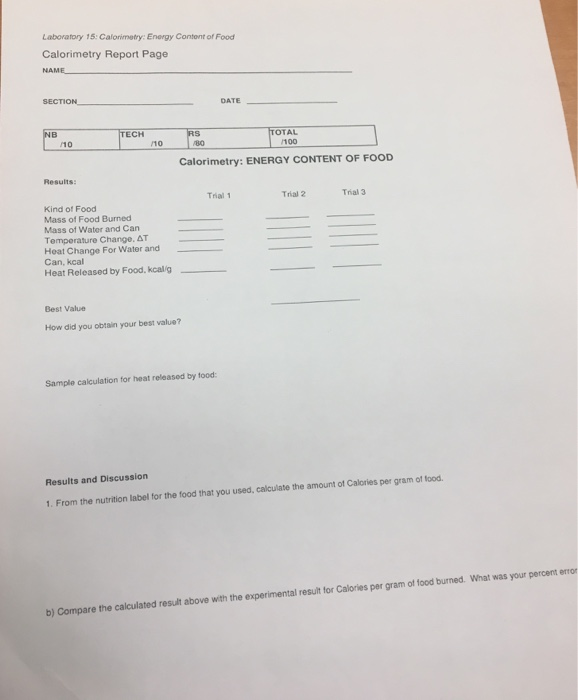




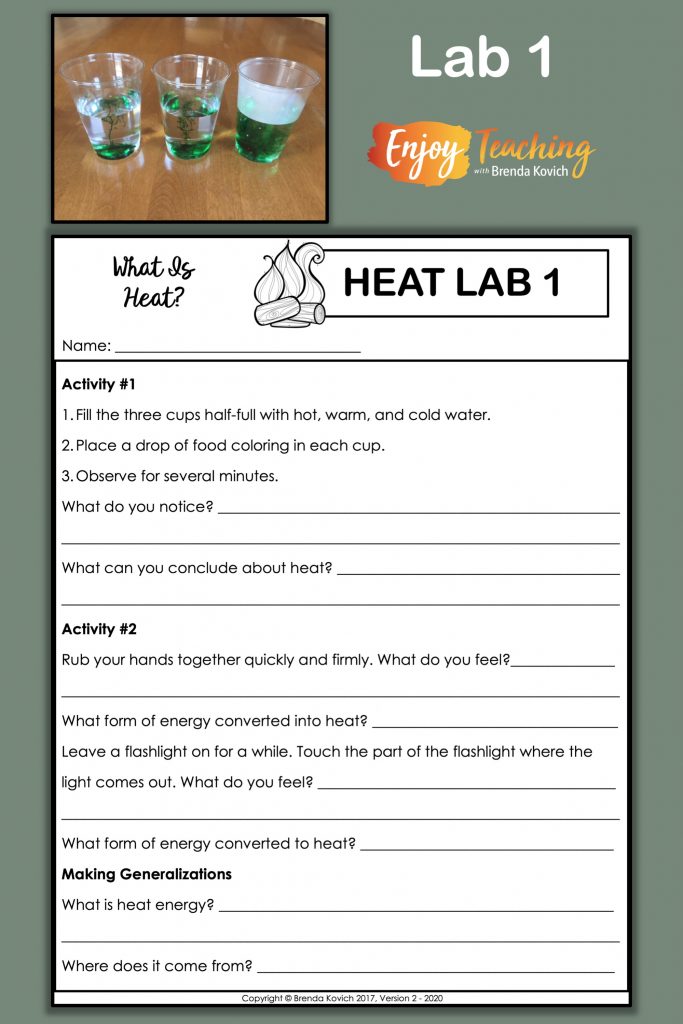




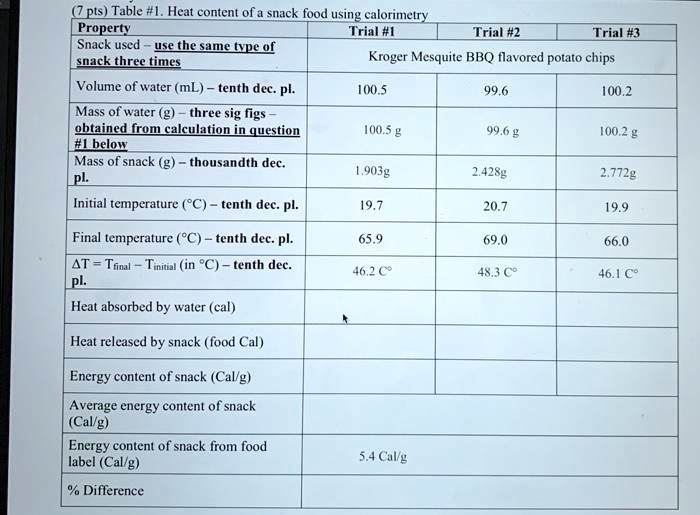
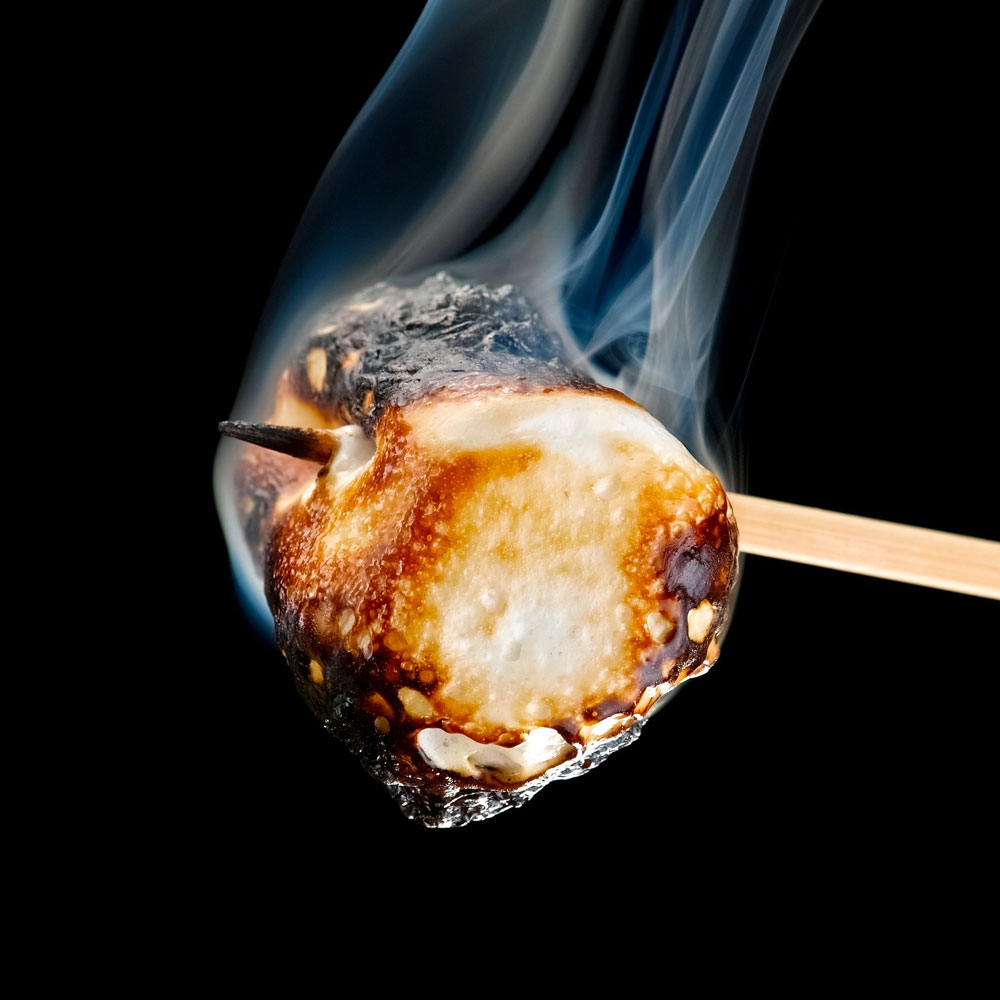
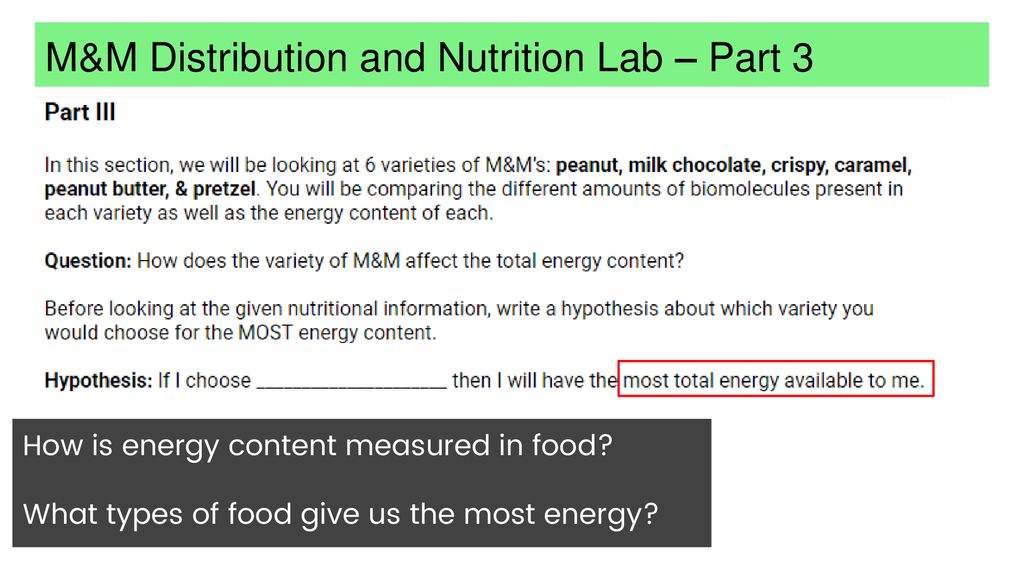



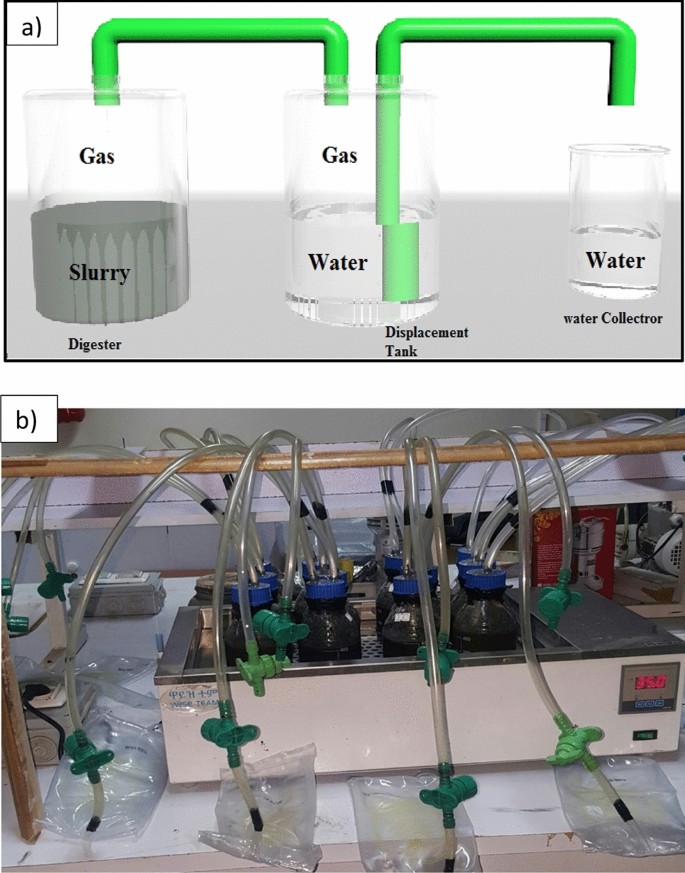


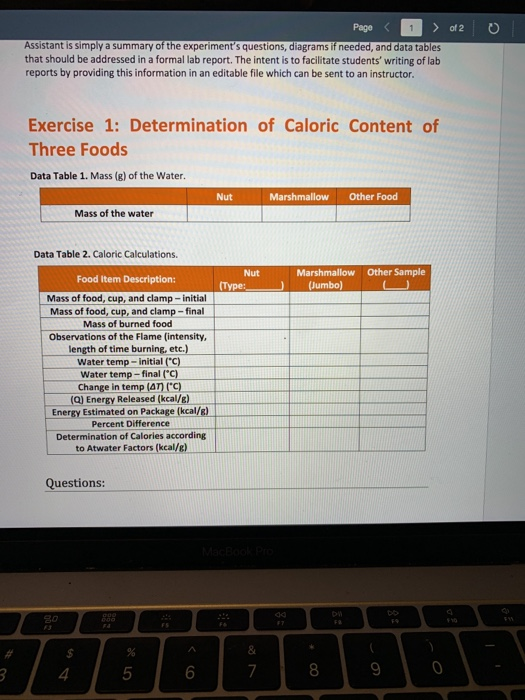
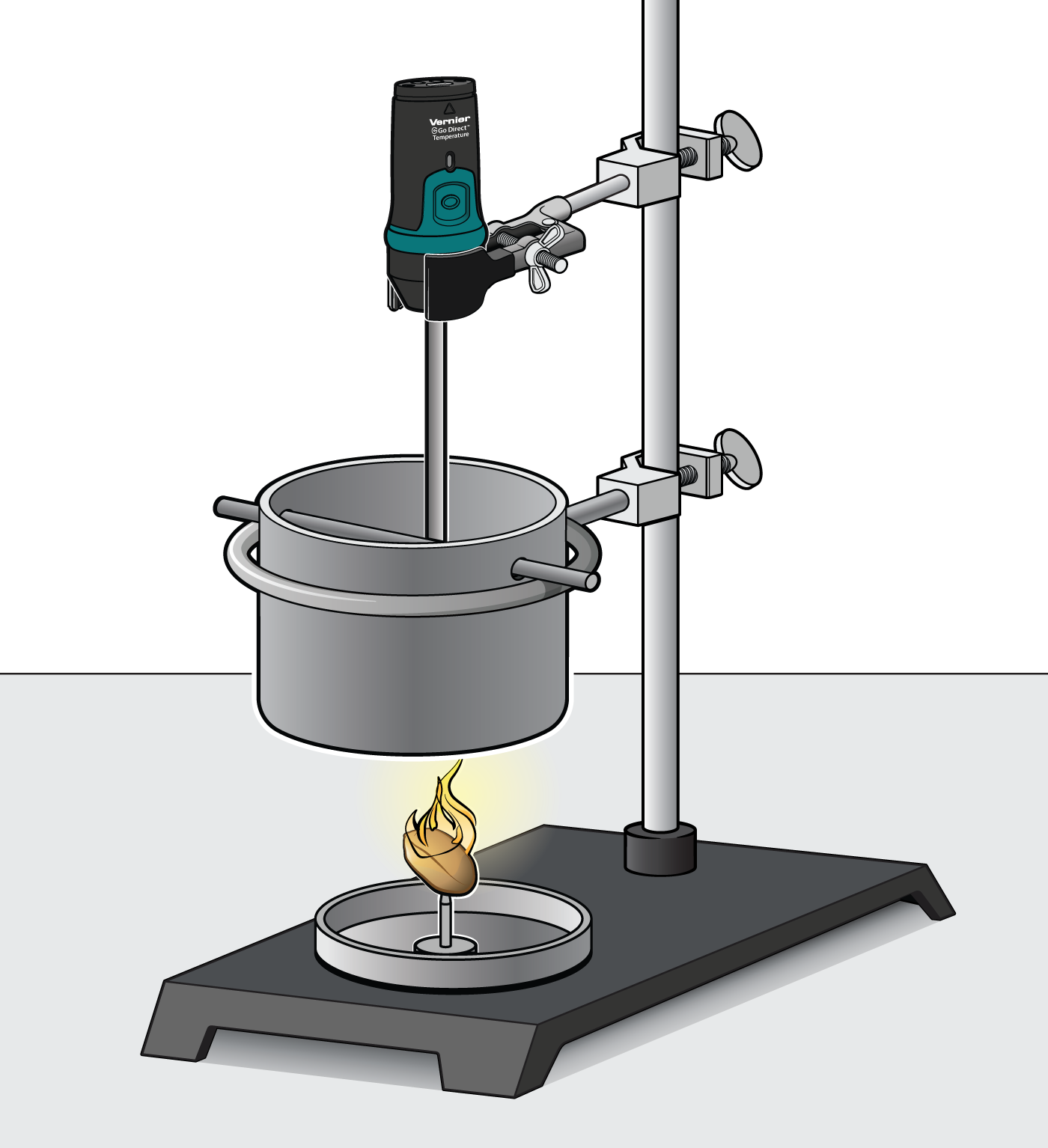











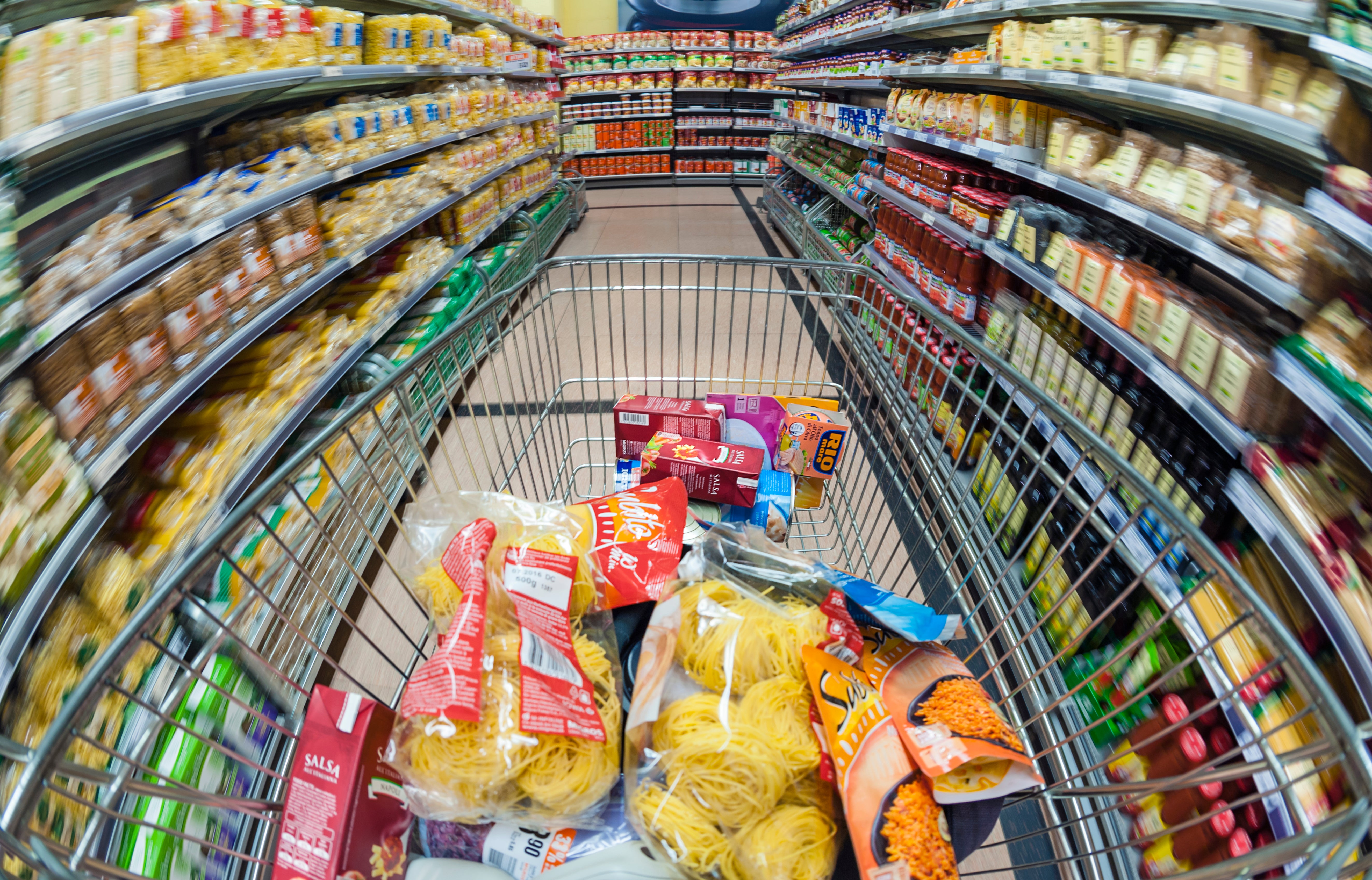

0 Response to "42 energy content of food lab"
Post a Comment